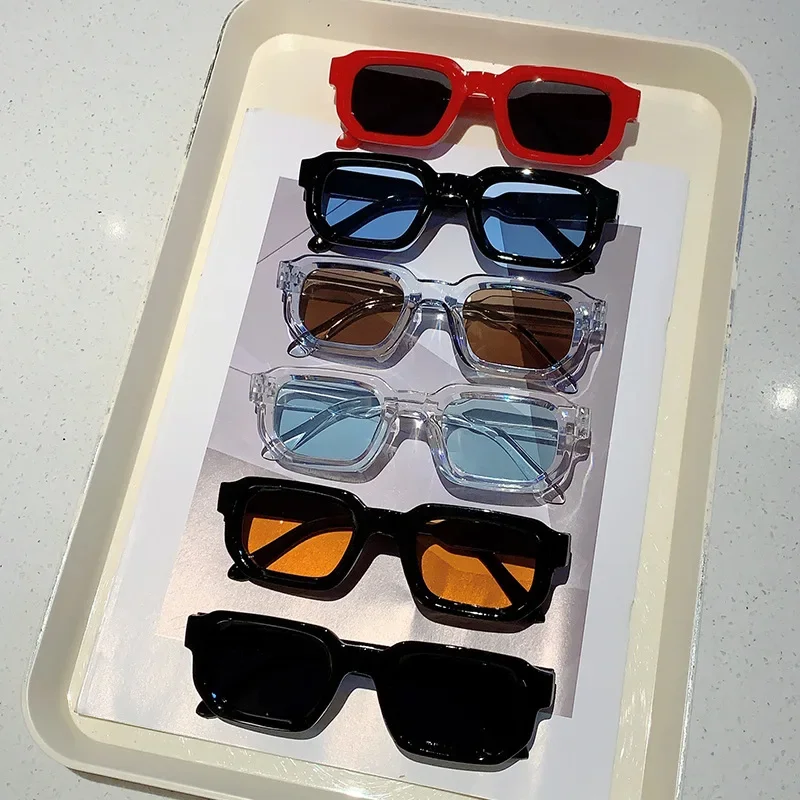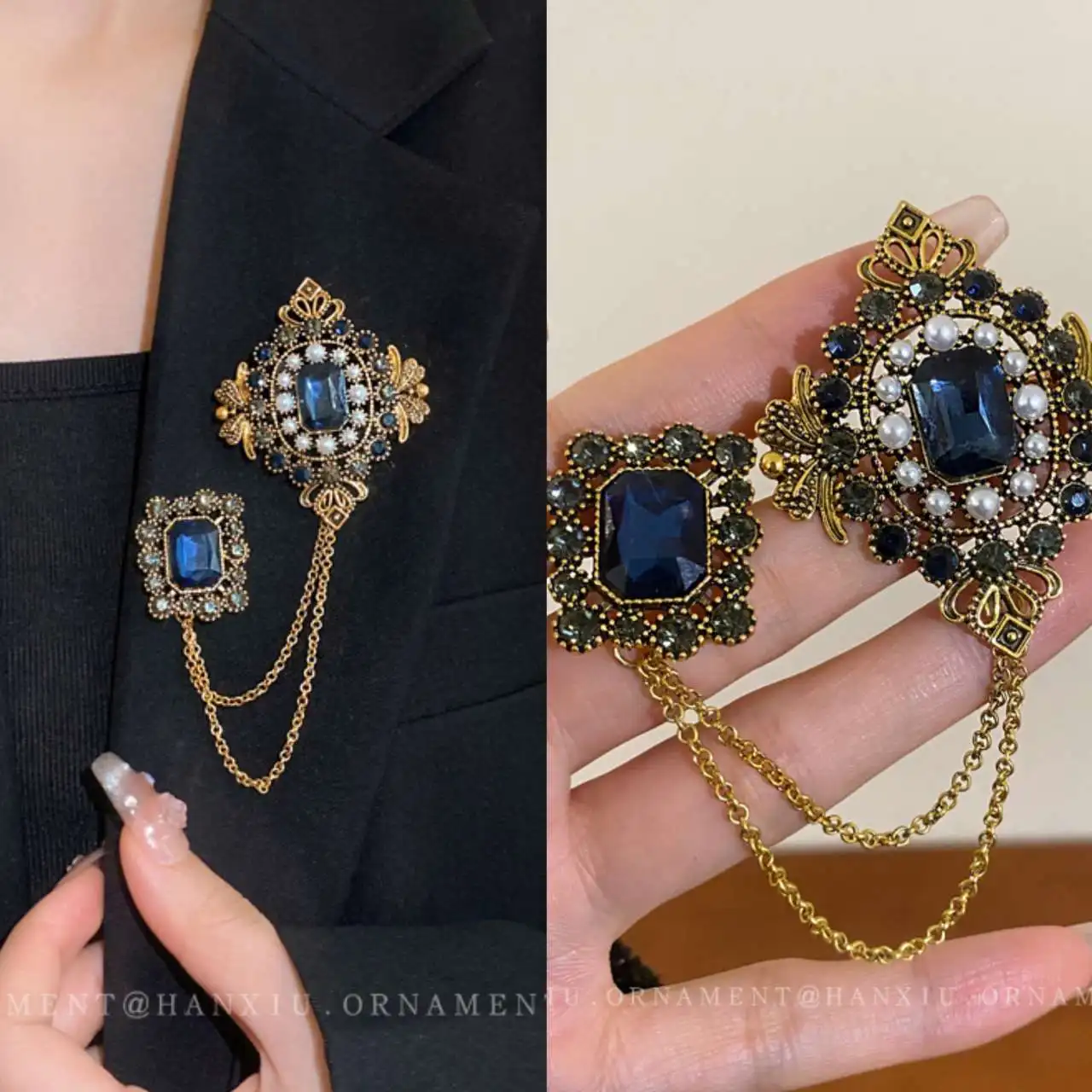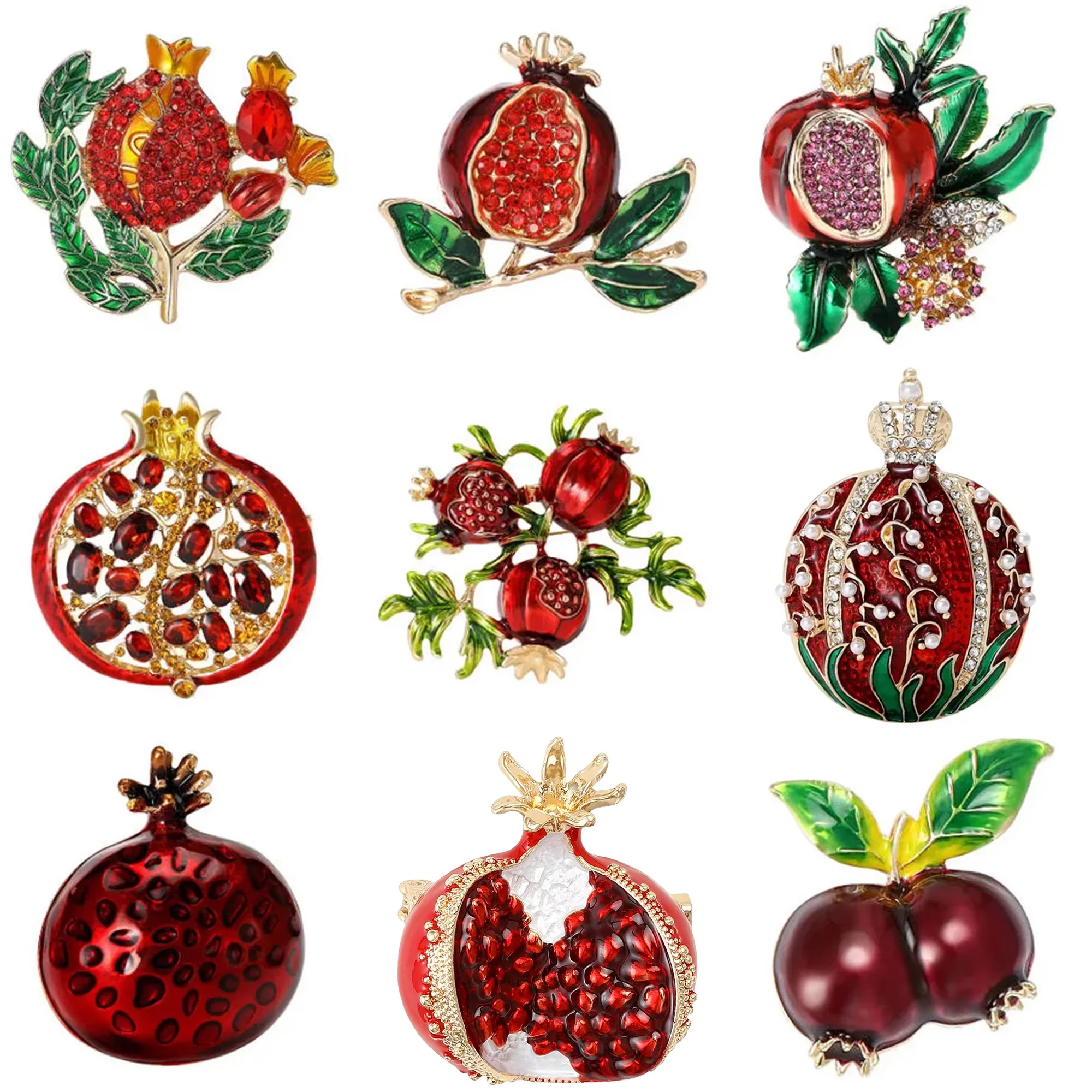A brief overview
When you hear the names John, Paul, George, and Ringo, it’s not just the music that comes to mind – but also those iconic mop-top haircuts. The Beatles weren’t just about sound, they redefined a generation, delivering a fashion statement that echoed far beyond Liverpool.
From Slicked-Back to Signature Style
In the band’s early days, the Beatles sported classic, slicked-back styles, typical of the late ’50s and early ’60s. But as the decade progressed and their music evolved, so did their image. Inspired by the bohemian vibes of the time, the group adopted what would soon become universally known as the “mop-top”—a bowl-shaped cut with bangs brushed forward over the forehead.

Courtesy of Canva
A Haircut Heard Around the World
As their songs topped the charts, their hair made waves in fashion. Young men across the globe ditched hair gels and embraced combs in hopes of replicating the Beatles’ new look. Barbershops were flooded with requests for the “Beatles cut,” and in no time, the mop-top became a hallmark of the era’s youth culture.
More Than a Haircut – A Cultural Statement
The mop-top wasn’t just a trendy hairstyle, it became a symbol of rebellion and change. Its relatively “long” length for men marked a break from the conservative, post-war sensibilities of the 1950s and ushered in the freer, more expressive spirit of the ’60s. For older generations, it was controversial. For teens, it was identity.
Wearing a mop-top was a bold statement—it meant challenging norms, embracing youth, and aligning with a new wave of music, fashion, and attitude.
A Legacy That Still Lives On
While the Beatles eventually grew out their mop-tops in favor of more avant-garde styles and facial hair, the original cut still holds its place in pop culture history. Even six decades later, the word “mop-top” instantly evokes images of the Fab Four in their early, groundbreaking years.
Their musical legacy may be undisputed, but it’s just as important to acknowledge how the Beatles revolutionized style and influenced global cultural norms. Beyond their melodies, they helped redefine fashion, youth identity, and how an entire generation saw itself. The mop-top is just one small, iconic part of a massive, everlasting legacy.





















